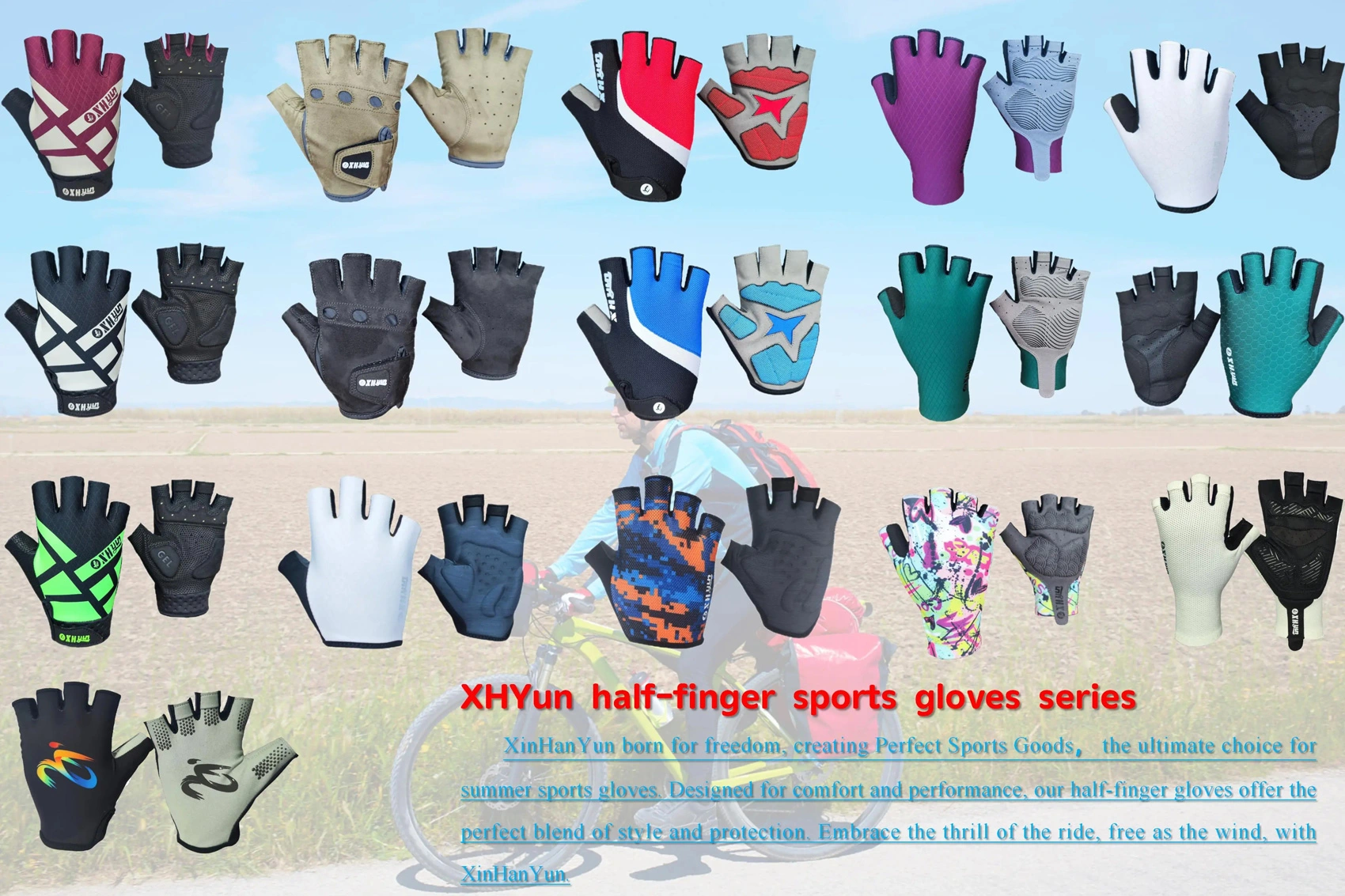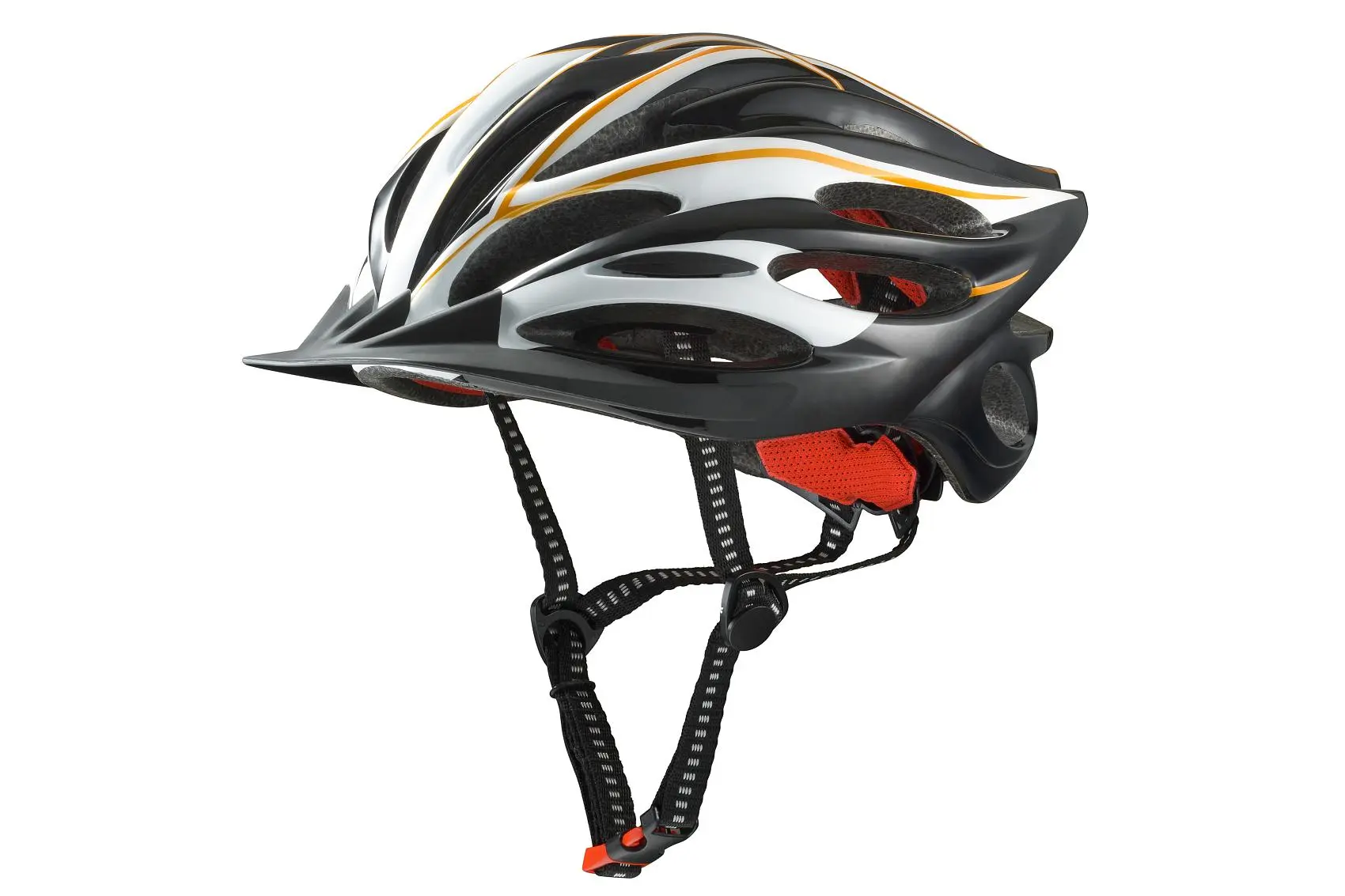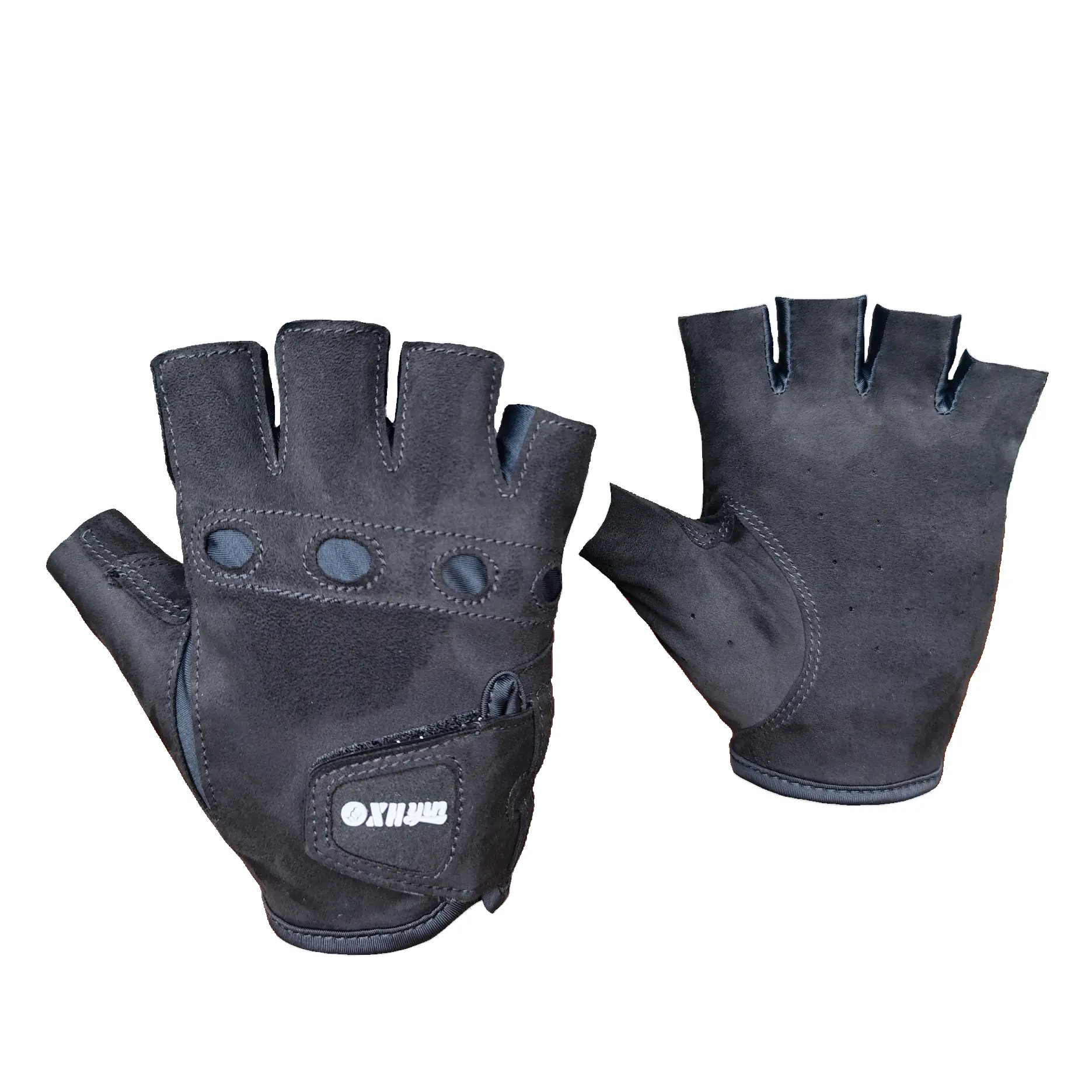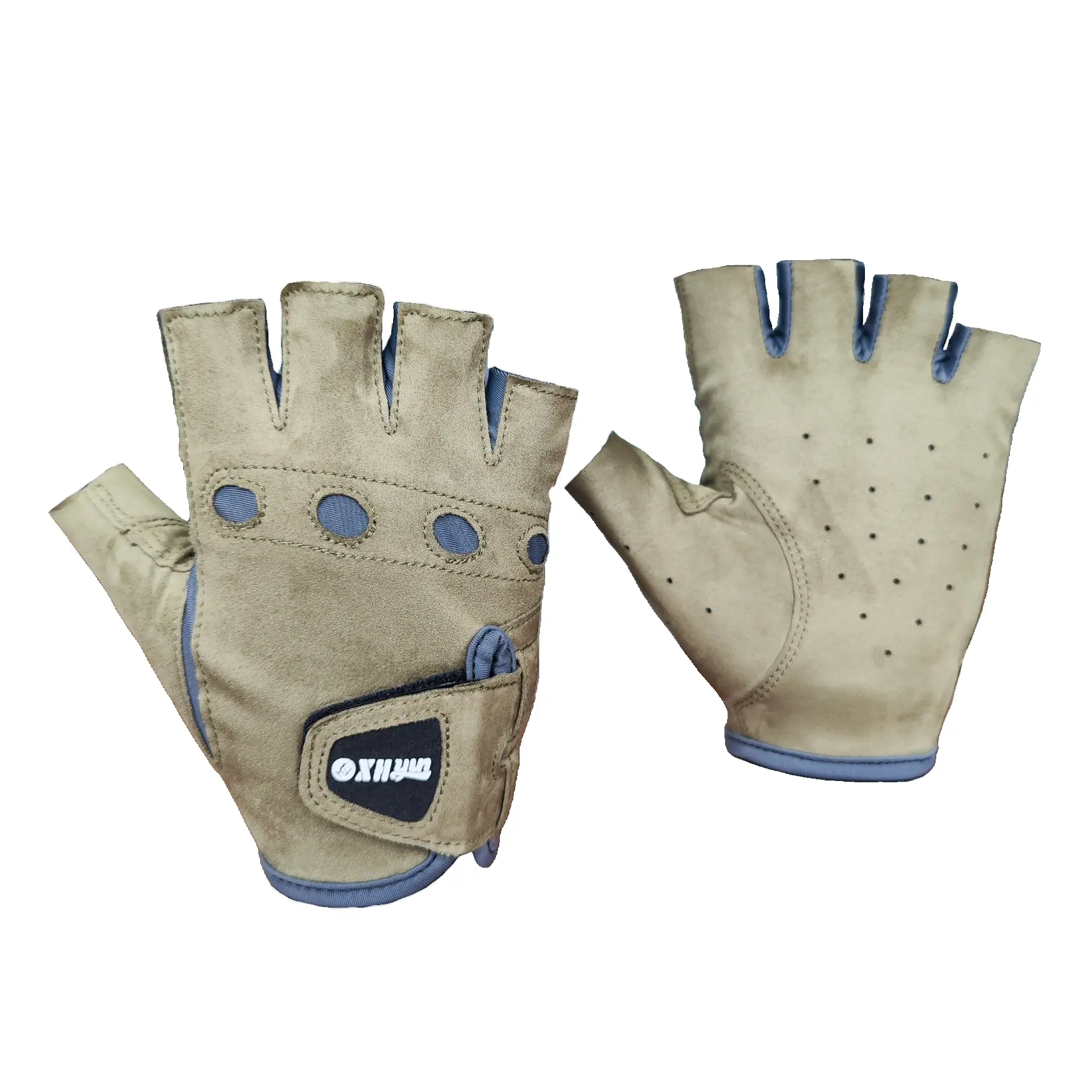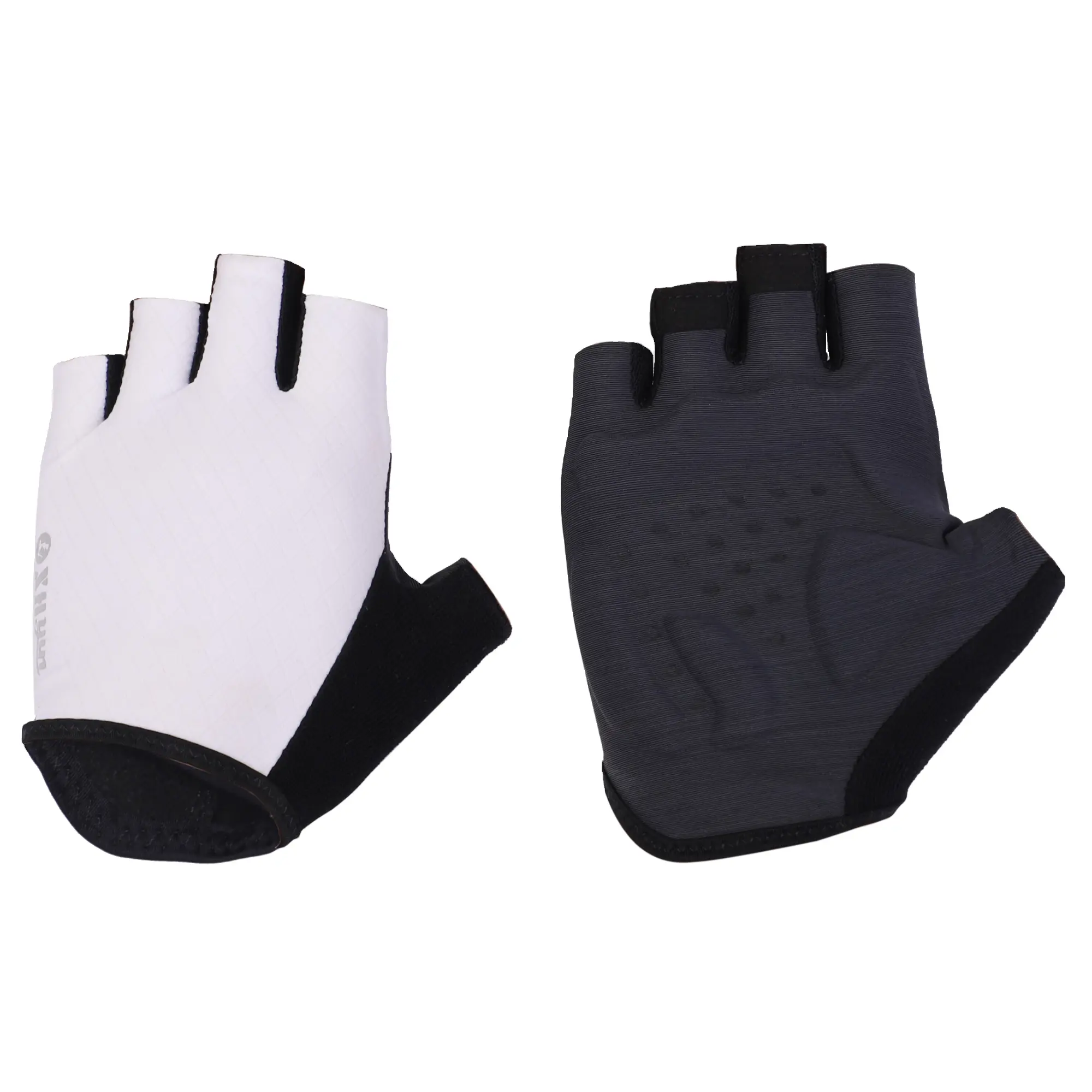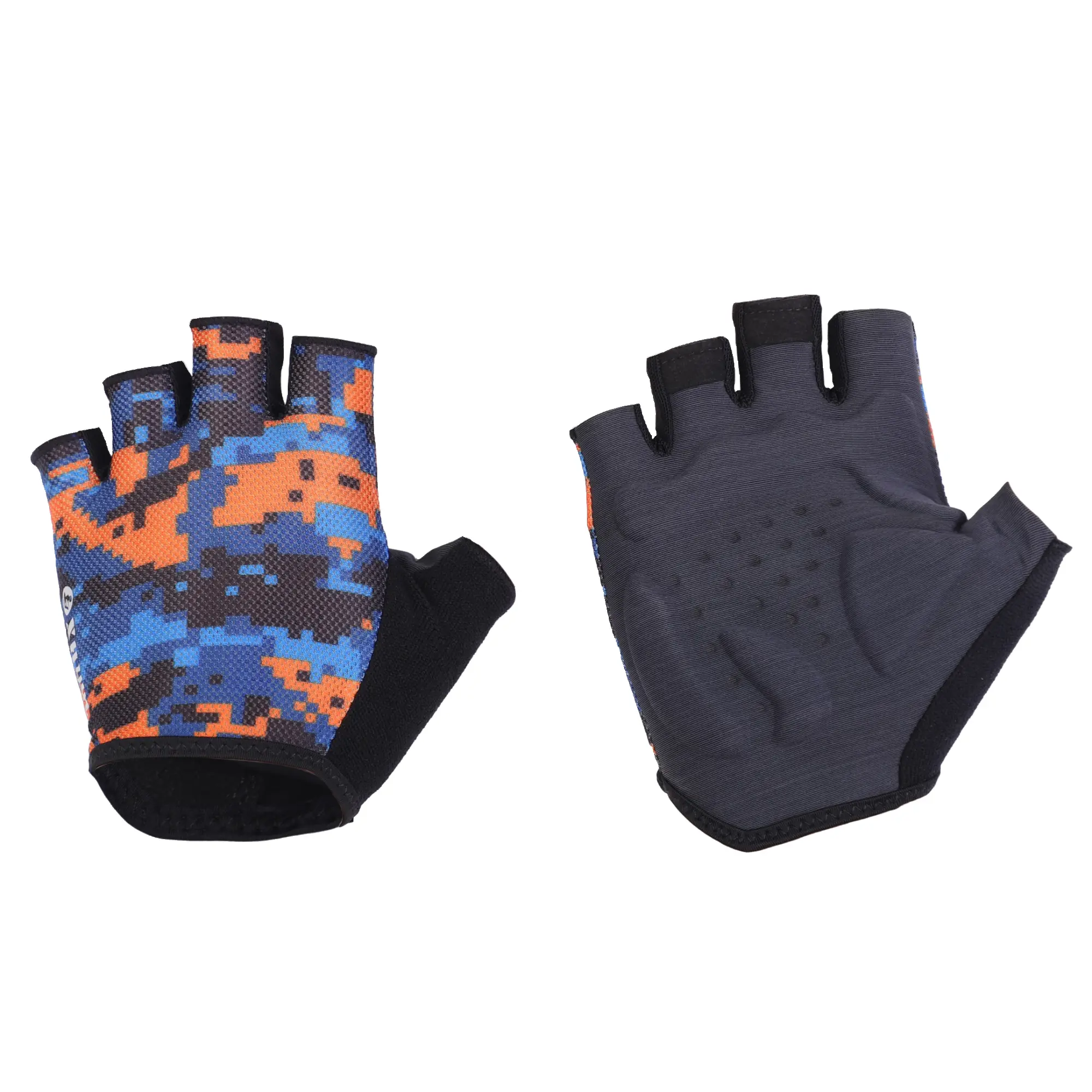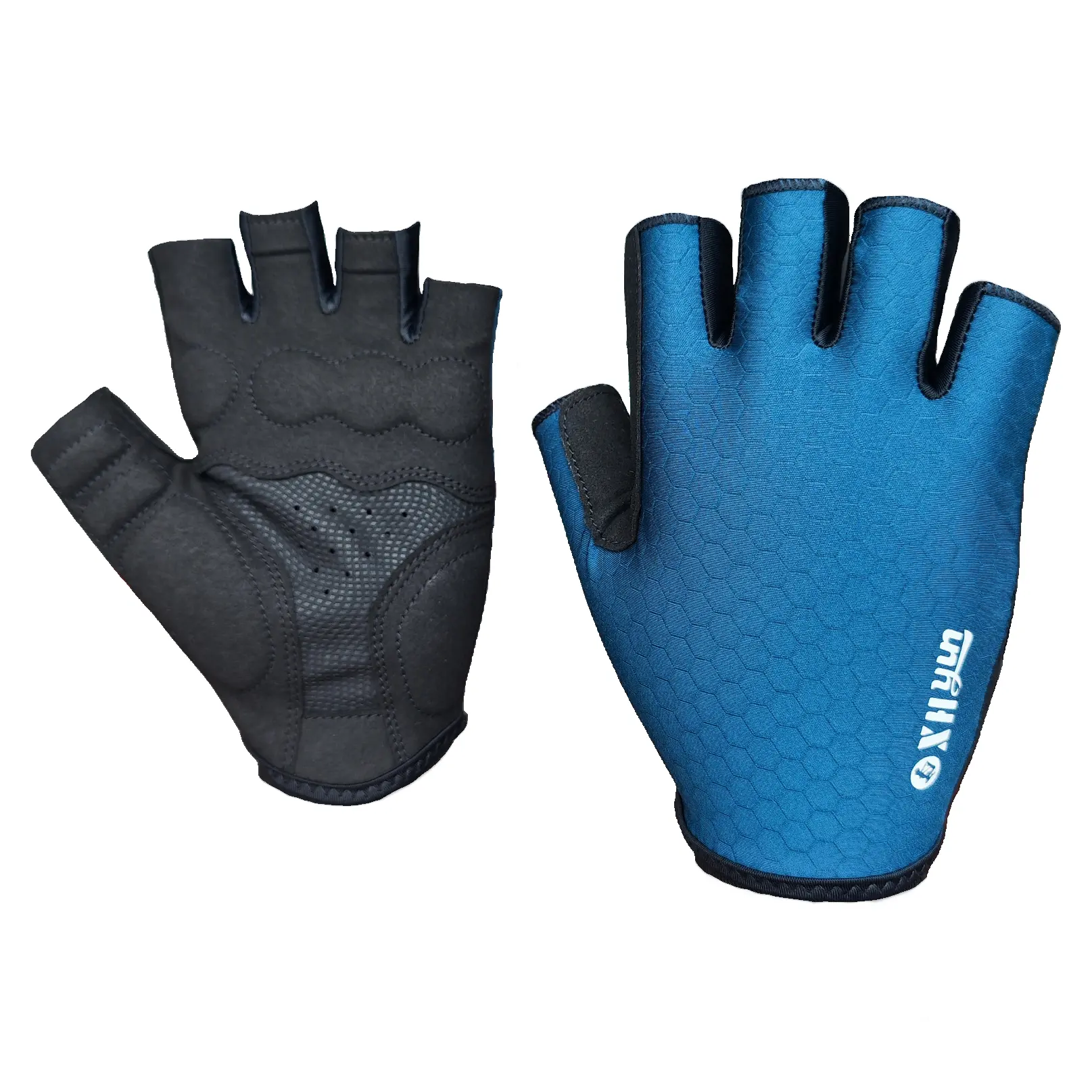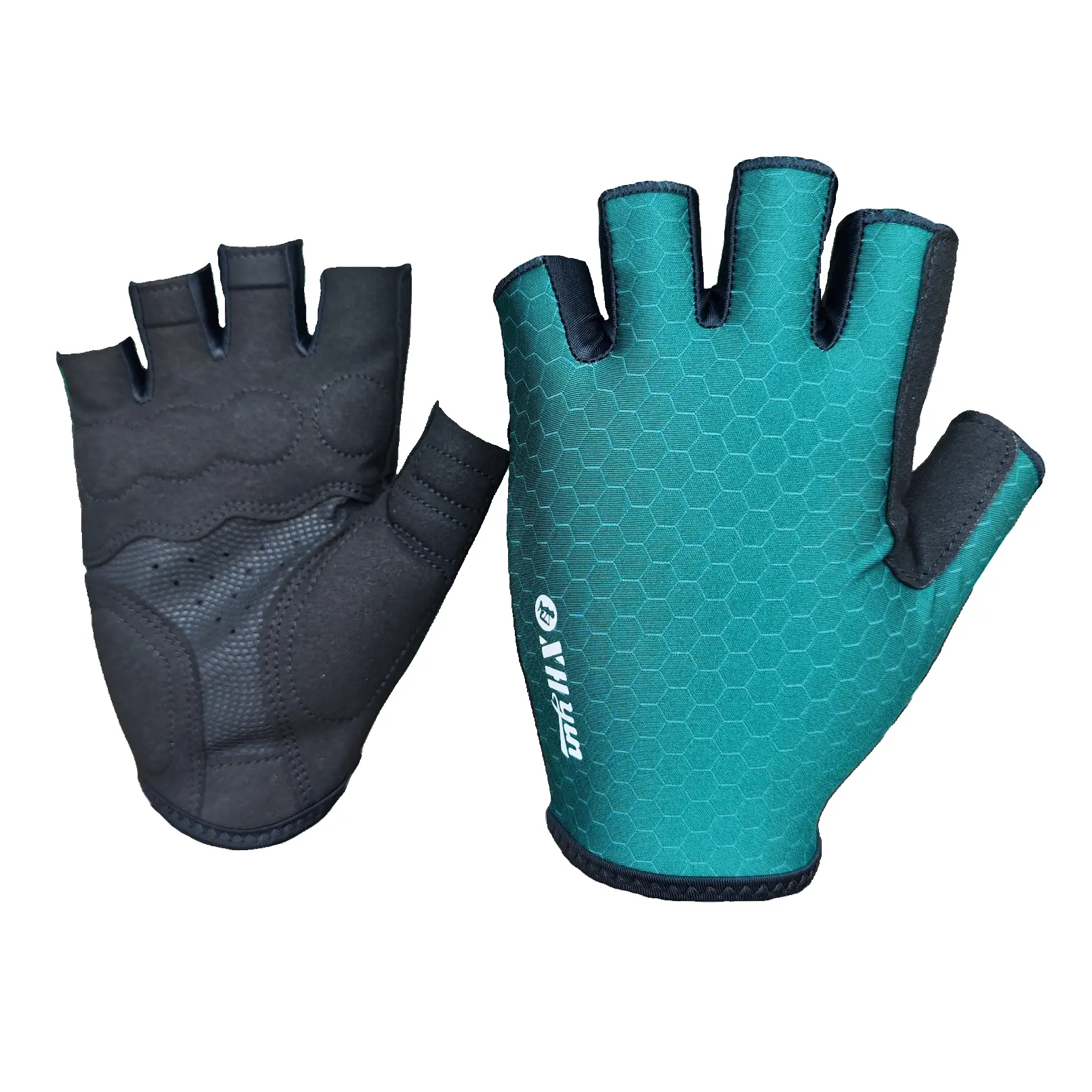Comparison Between Natural and Synthetic Materials Used in Mountaineering Gloves
1. Natural materials:
- Down insulation: Provides excellent warmth-to-weight ratio and compressibility, but loses insulation properties when wet.
- Leather: Leather hiking gloves offer durability, abrasion resistance, and good grip, but may require additional waterproofing treatment.
- Wool: Provides insulation even when wet, naturally wicks away moisture, and offers some degree of water repellency.
2. Synthetic materials:
- Synthetic insulation: Offers warmth even when wet, dries quickly, and is often lightweight and compressible.
- Nylon or polyester shells: Provide water resistance or waterproof properties, durability, and breathability.
- Fleece or synthetic liners: Offer additional warmth, moisture-wicking, and quick-drying properties.
3. Pros and cons:
- Natural materials for sporting gloves like down and leather exceptional warmth and durability, but they may also require more maintenance.
- Synthetic materials are often more moisture-resistant, dry faster, easier to maintain. However, they may not offer the same level of insulation in extreme cold conditions.
4. Considerations:
- The choice between natural and synthetic materials depends on the specific needs of the mountaineering activity, weather conditions, and personal preferences.
- Some hiking mittens may combine both natural and synthetic materials to maximize performance and insulation while improving durability and moisture management.

 English
English 